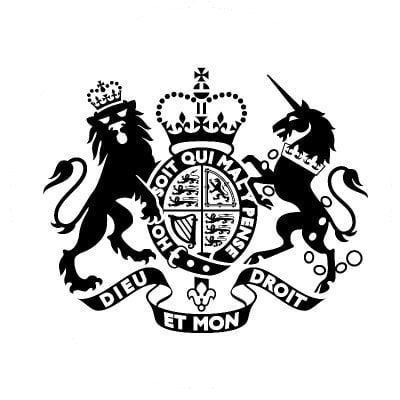
11:01 AM, 28th July 2022, About 3 years ago 1
Text Size
More leaseholders in high-rise homes will be spared unfair bills for building safety costs as the government’s £4.5 billion Building Safety Fund reopens for new applications today.
Buildings over 18 metres with cladding issues are eligible to apply for the fund, which has allocated over £1.3 billion towards making homes safe since its launch in 2020.
A new online Leaseholder Protections Checker will help leaseholders understand if they qualify for financial protections under the Building Safety Act, whilst legislation that is now fully operational means leaseholders can prove legally for the first time that they are protected from historical building safety costs.
The protections prevent qualifying leaseholders from paying the majority of costs to fix fire safety defects in their homes, and make those responsible, and those who own the buildings, pay instead.
Any building owner that invoices qualifying leaseholders or continues to seek payment of outstanding bills for work to fix historical building safety defects that are needed could now face criminal action, unless they can prove they are legally entitled to recover these costs.
Secretary of State for Levelling Up Greg Clark said: “We must make homes safe. The relaunch of the Building Safety Fund today will help achieve this, but we must also ensure those in industry who acted irresponsibly pay their fair share to put things right.
“The Building Safety Act makes clear building owners’ liabilities and gives us powers to pursue those that continue to flout the rules.
“It has also introduced far-reaching legal protections to relieve many leaseholders from the financial burden of fixing their homes. With these now fully up and running, I urge any homeowners who may qualify to see if they are eligible using our online Leaseholder Protections Checker as soon as possible.”
Under the Building Safety Act, building owners and landlords are now responsible for making buildings safe and the first port of call to fund any necessary repairs. It is also illegal for costs of cladding repairs and those beyond the leaseholder caps for non-cladding defects to be passed to qualifying leaseholders.
Those that the protections apply to will need to complete and submit a leaseholder Deed of Certificate to their building owner to confirm if they have anything to pay or not. Further guidance to support leaseholders with demonstrating their eligibility has also been published online.
Where there are no clear plans in place to fix buildings over 18 metres with cladding related issues, building owners and landlords can check their eligibility for the Building Safety Fund, which is taking new applications from today.
For buildings 11-18 metres in height where the original developer or building owner cannot be identified or held responsible, the government is also launching a new scheme to cover the costs of remediating unsafe cladding. Further details of this scheme will be announced in due course.
So far, 48 of the UK’s major housebuilders have signed up to the government’s Building Safety Pledge , agreeing to pay to fix buildings over 11 metres with life critical fire safety defects they developed or refurbished in the last 30 years.
On 13 July the Levelling Up Secretary published a draft contract to turn these pledges into legally binding commitments for industry, leaseholders, residents and other parties to review before being finalised in August.
He also warned industry actors that fail to take responsibility to carry out and fund repairs will be targeted by the Department’s new Recovery Strategy Unit, which will use new powers under the Building Safety Act to pursue individuals and companies through any means possible, including through the courts.
Leaseholders with concerns about how repairs to their home will be made and funded are advised to speak to their building owner, who is legally required to provide regular updates on the progress of fire safety works.
Previous Article
Conflict of Interest with fees paid by purchaser?
Shining Wit
Become a Member
If you login or become a member you can view this members profile, comments, posts and send them messages!
Sign Up14:39 PM, 28th July 2022, About 3 years ago
Sadly, non qualifying leaseholders receive no protection - despite being just as 'innocent' as qualifying leaseholders. There is no justification for the "3 properties" cutoff between being protected (ie bills capped at a typical £10k, payable over 10 years) and unprotected (ie subject to bills, typically in the £50k - £100k range, payable within 28 days). How can this be fair?